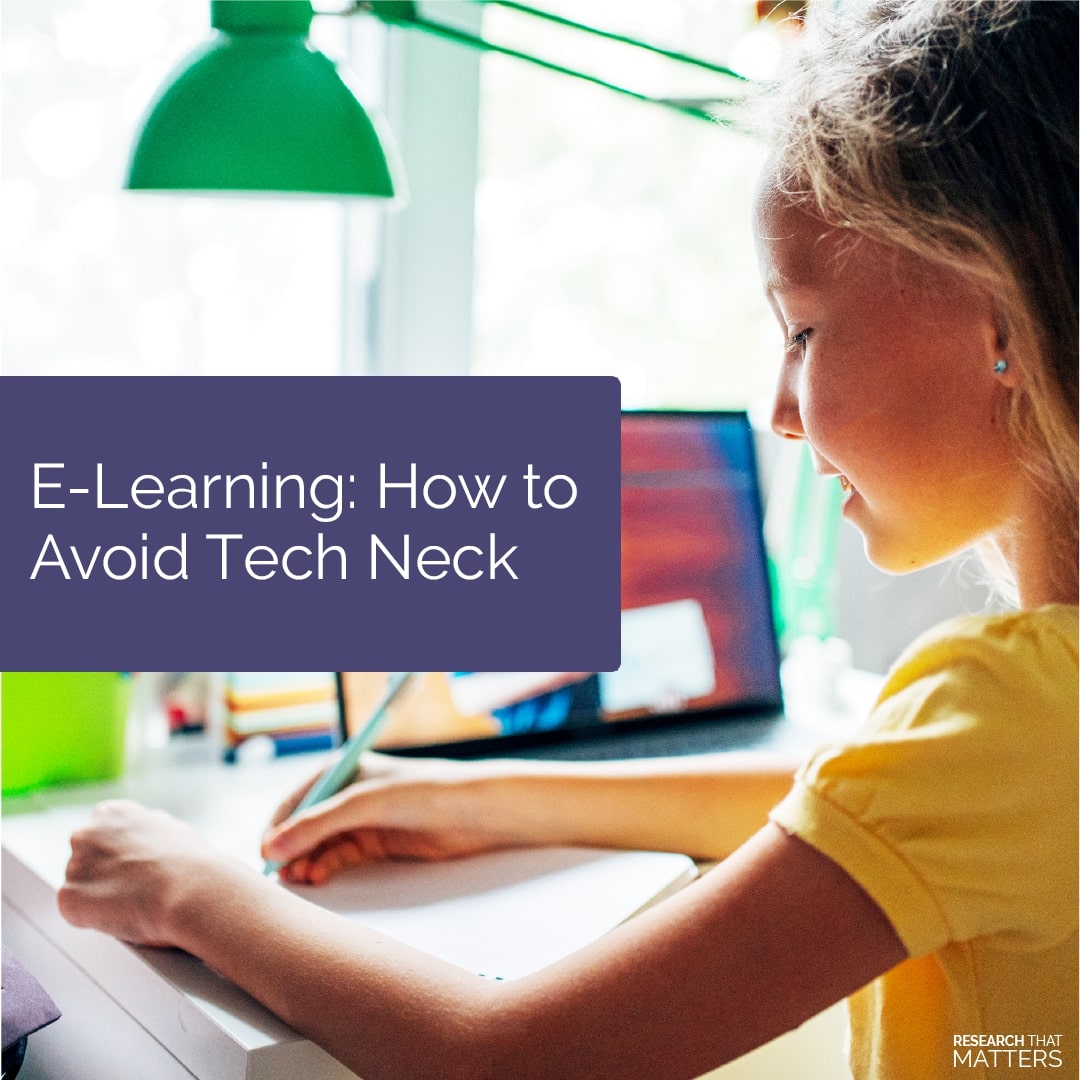
Bottom Line:
Is your child connected to a phone, computer, or tablet during and after school?
Think about it.
Many of us aren’t more than an arm’s length from our phone at any time (even when we are sleeping).
Spending time every day looking down at our devices can place a lot of stress on the supporting muscles of our neck and lead to an uptick in headaches.
It’s a condition called “Tech Neck,” and it’s one of the most common causes of headaches and neck pain.
Why it Matters:
The countless hours per day kids often spend on phones and computers can significantly contribute to tension headaches.
In fact, it’s estimated that kids spend up to 1,400 hours per year in the exact positions that are attributed to the development of “Tech Neck.”
That’s not surprising.
Recent research has also shown that even 15 degrees of forward head tilt can triple the weight of the head on the spine.
Here are some key things to remember when it comes to “Tech Neck”:
- “Tech Neck” is the term used to describe the symptoms of headaches, neck pain, and poor posture attributed to the forward head posture often associated with using your phone, tablet, and computer.
- Taking a break from our mobile devices every 15 minutes can help reduce the likelihood of developing recurring neck pain and headaches.
- Chiropractic care including adjustments and postural exercises can help decrease the pain and reverse the effects of “Tech Neck”.
Next Steps:
Keep it simple.
Encourage your children to take breaks and stretch often.
These are some of the best (and easiest) ways to help them break the bad habits that can lead to “Tech Neck.”
And if your child spends a lot of time online and begins experiencing neck pain or headaches, don’t hesitate to give us a call.
Our providers are experienced at evaluating children and creating kid-friendly care plans.
Our doors are open, and we’re ready to help you and your family find long lasting, natural relief from “Tech Neck.”
Science Source(s):
Assessment of Stresses in the Cervical Spine caused by Posture. Surg Tech Intnl. 2014.
Text Neck Syndrome. Intl Journal of Env Research and Public Health. 2021.
Three Steps to Build a Better Back. Harvard Health Publishing. 2015.
